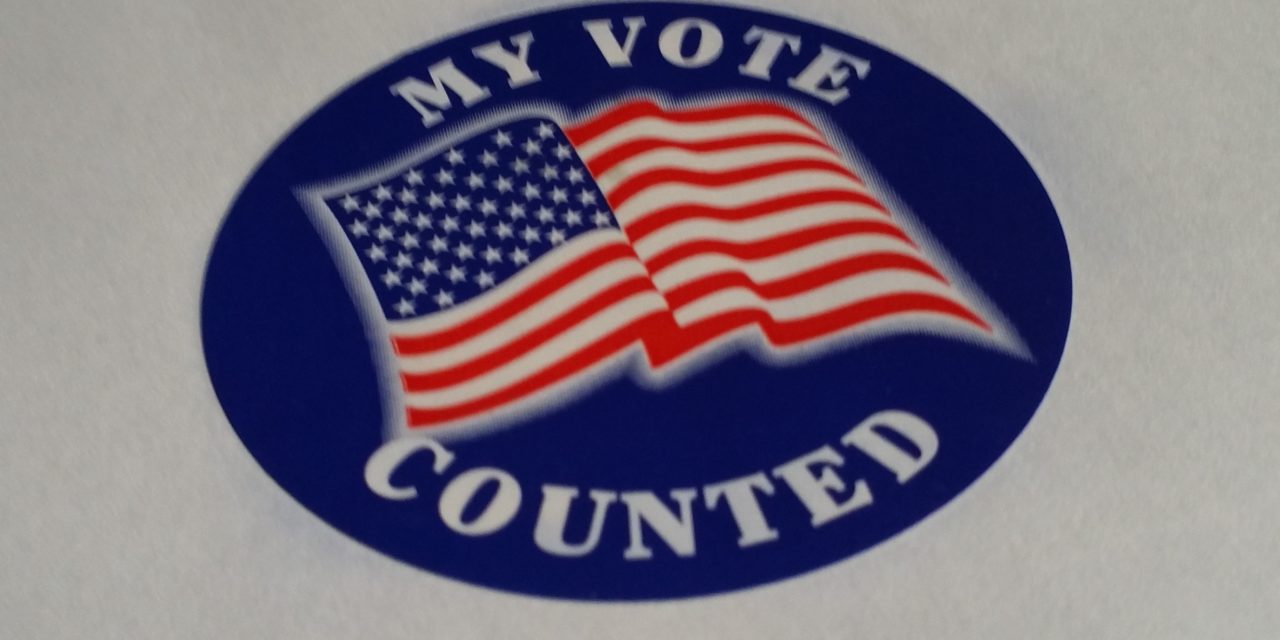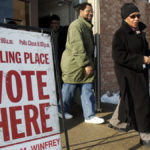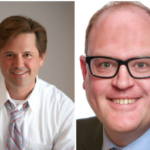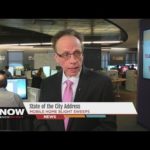In what’s become a popular practice on Facebook, voters are posting selfies of their “I voted” sticker and mentioning what their voter number was at their polling place.
This morning, we saw many people documenting that they were the 40th or 50th participating voter at their precinct. As we reach early evening, reports of voter No. 150 or 200 are becoming common on FB.
Most of these people are posting with an admirable pride that they voted, but also with the mistaken belief that their number demonstrates a healthy turnout. Worse yet, some seem to think that a short line to reach the voting booth, or a considerable number of cars in the parking lot, must mean that turnout is going quite well across the state.
Not necessarily. Not at all.
Most Michigan precincts have 1,000 to 2,000 registered voters. Some approach the 3,000 mark. So, if your precinct has 2,000 voters and you were the 200th voter at your precinct at 5 p.m. — after 10 hours of voting — that means that your precinct was at the 10 percent turnout mark when you cast your ballot.
When I voted at 5:30 at my polling place in Macomb County (Macomb Township), probably 90 percent of the voting platforms were empty. I was No. 224. My precinct has 1,497 voters. So my ballot raised the turnout at my precinct to just under 15 percent.
To be clear, absentee voting has now reached the point of comprising 30 to 40 percent of all ballots cast in a typical Michigan primary. If that holds, that will raise turnout figures significantly. Prior to today’s voting, some political activists were citing large numbers of absentee ballots cast in recent weeks to claim that the overall turnout would be the highest in many years.
Two problems with that line of thinking. First, the level of absentee ballot voting does not necessarily correlate with in-person precinct voting in any particular election. Second, if today’s voter participation levels break the record high in recent history, that would be quite a small feat. In three of the last five state primaries during a gubernatorial election year, turnout was below 20 percent. To break the record in recent history, going all the way back to 40 years ago, all it would take is a primary election turnout of 24.5 percent.







